Home>diy>Building & Construction>What Are Earthworks In Construction
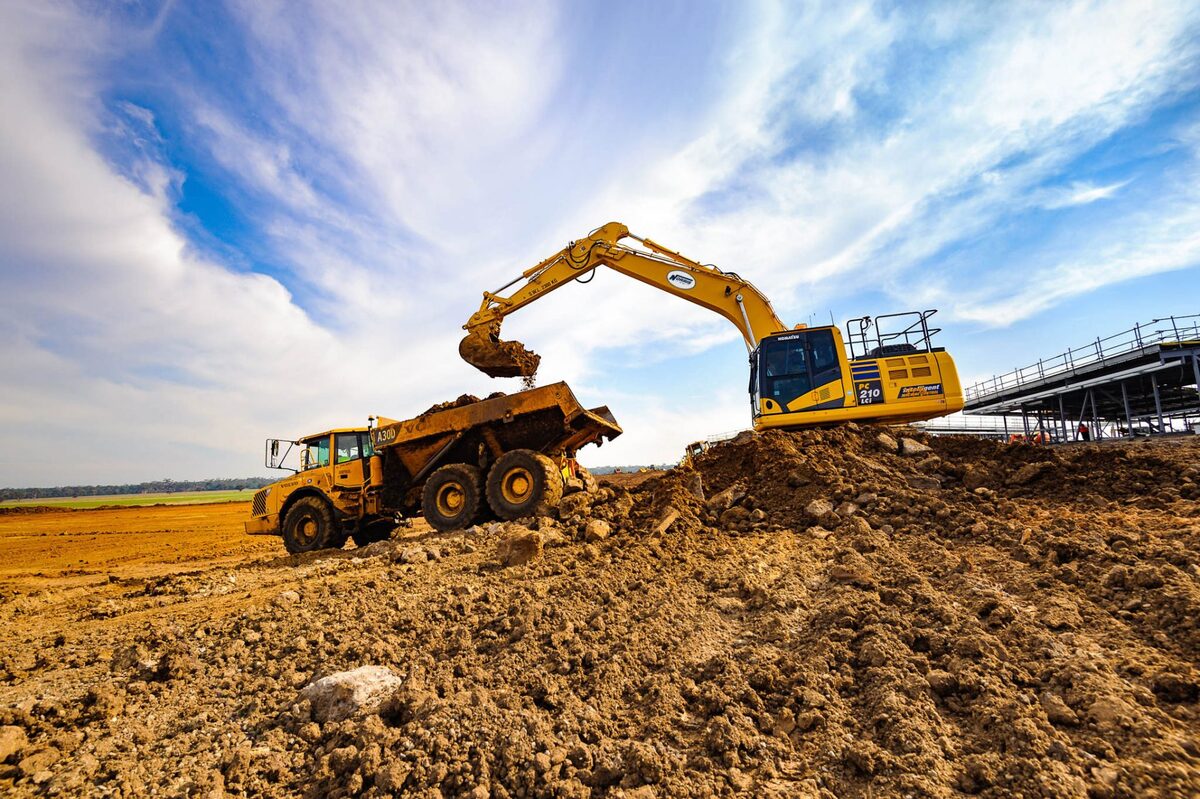

Building & Construction
What Are Earthworks In Construction
Modified: August 27, 2024
Discover the importance of earthworks in building construction. Gain knowledge about the excavation, grading, and compaction processes for a successful construction project.
(Many of the links in this article redirect to a specific reviewed product. Your purchase of these products through affiliate links helps to generate commission for Storables.com, at no extra cost. Learn more)
Introduction
When it comes to construction projects, one crucial aspect that often goes unnoticed is earthworks. These essential activities lay the foundation for any construction endeavor and are integral to achieving a stable and sustainable structure.
Earthworks in construction refer to the moving, reshaping, and modifying of the earth’s surface to prepare it for construction purposes. This includes excavation, leveling, grading, and compacting of soil and rocks. Whether it’s a residential building, commercial complex, or infrastructure project, earthworks play a vital role in creating a solid and stable base.
Understanding the importance of earthworks and the processes involved can help you appreciate the complexity and significance of these activities. This article aims to provide an in-depth look into the world of earthworks in construction, from defining the term to exploring the equipment used, challenges faced, and safety measures taken.
So, let’s dive into the world of earthworks, where the ground beneath our feet transforms into the very foundation of our structures.
Key Takeaways:
- Earthworks in construction involve reshaping the earth’s surface for stable foundations. Excavation, grading, and compaction are crucial for site preparation and sustainability.
- Proper equipment, safety measures, and environmental considerations are essential for successful earthworks. From excavation to waste management, each step impacts construction and the environment.
Read more: What Is Construction
Definition of Earthworks in Construction
Earthworks in construction can be broadly defined as the process of manipulating the natural terrain of a site to create a suitable foundation for construction projects. These activities involve the excavation, movement, and relocation of soil, rocks, and other materials on the site.
In simple terms, earthworks encompass a range of activities, including but not limited to, excavation, grading, leveling, filling, and compaction of the earth’s surface. It aims to transform the existing ground conditions into a stable and suitable base that can support the weight and load of the proposed structure.
Earthworks are typically the initial phase of any construction project. It involves the clearing of the site from vegetation, rocks, and other obstructions, followed by the excavation and shaping of the land in accordance with the design and specifications of the project.
The depth and extent of earthworks depend on various factors, including the type of construction, soil conditions, environmental considerations, and the desired finished grade. The process requires careful planning, engineering expertise, and the use of specialized equipment to ensure accurate and efficient execution.
From minor residential developments to large-scale infrastructure projects, earthworks are an essential component of the construction industry. It sets the stage for success, providing a solid foundation that ensures the stability, longevity, and safety of the structures built upon it.
Types of Earthworks
Earthworks encompass a variety of activities that are tailored to meet the specific requirements of a construction project. Here are some of the common types of earthworks carried out in construction:
- Excavation: Excavation involves the removal of soil, rocks, and other materials from the ground to create space for the construction of foundations, basements, trenches, and utility installations. This includes bulk excavation, which refers to the removal of large quantities of materials, and trench excavation, which involves the cutting of narrow and deep channels for pipelines or utilities.
- Grading: Grading is the process of shaping and leveling the land to achieve the desired contours and slopes. It involves the redistribution of soil to create a smooth and even surface, ensuring proper drainage and preventing erosion. Grading is crucial in preparing the site for landscaping and for providing a stable base for construction.
- Filling: Filling is the process of adding soil or other materials to raise the ground level. This is often done to create a uniform elevation or to fill low-lying areas. The materials used for filling may include soil, gravel, sand, or crushed stones. This technique helps in achieving a level base and stabilizing the ground for construction purposes.
- Compaction: Compaction involves the mechanical process of compressing soil or other materials to increase its density and improve its load-bearing capacity. This is done using heavy machinery such as compactors or rollers. Compaction ensures that the soil or fill material is tightly packed, reducing the risk of settlement and providing a stable foundation for the structure.
- Cut and Fill: Cut and fill involves the combination of excavation and filling activities. It is often used to level uneven terrain or to create slopes and embankments. The process involves cutting the soil from high areas and using it to fill in lower areas, resulting in a more uniform and usable space.
These various types of earthworks are carried out in a coordinated manner, each serving a specific purpose in the overall construction process. Proper planning, assessment of site conditions, and understanding the project requirements are essential for selecting and executing the appropriate earthwork activities.
Importance of Earthworks in Construction Projects
Earthworks play a fundamental role in construction projects, serving as the foundation for success. Here are some key reasons why earthworks are of utmost importance:
- Site Preparation: Earthworks are essential for preparing the construction site before any building or infrastructure work can begin. This includes clearing vegetation, removing obstacles, and shaping the land to accommodate the proposed project. Without proper site preparation through earthworks, it would be challenging to establish a stable and safe construction site.
- Foundation Support: Earthworks provide a solid foundation for the structure to be built upon. By excavating and leveling the ground, soil conditions can be optimized to ensure stability and load-bearing capacity. Proper compaction of soil minimizes the risk of settlement and ensures that the foundation can support the weight of the structure over time.
- Drainage and Erosion Control: Earthworks can help address drainage issues and prevent erosion on the construction site. Through grading and shaping the land, proper slopes and contours can be established to guide water flow away from the structure and prevent water pooling. This is crucial for maintaining the integrity of the building and preventing water-related damages.
- Access and Infrastructure Installation: Earthworks provide the opportunity to create access roads, utility trenches, and other necessary infrastructure. By excavating and shaping the land, space can be allocated for utilities such as electrical cables, water pipes, and sewage systems. It also enables the construction of adequate access roads, enabling vehicles and machinery to enter and exit the site safely.
- Landscape Integration: Earthworks allow for landscape integration in construction projects. By leveling the ground and shaping contours, space can be created for gardens, green areas, and other landscape features. This not only enhances the aesthetics of the project but also contributes to the overall sustainability and well-being of the surrounding environment.
Without appropriate earthworks, construction projects would face numerous challenges and risks. Uneven ground, poor soil conditions, drainage issues, and unstable foundations can jeopardize the safety and longevity of the structure. By recognizing the importance of earthworks, construction teams can ensure that the necessary groundwork is laid for successful and resilient projects.
Equipment Used for Earthworks
Earthworks require the use of specialized equipment to carry out various tasks efficiently and effectively. The specific equipment used may vary depending on the scale and complexity of the project. Here are some common types of equipment used in earthworks:
- Excavators: Excavators are versatile machines equipped with a bucket attachment that is used for digging and moving soil, rocks, and other materials. They are commonly used for excavation, trenching, and lifting heavy loads. Excavators come in different sizes, with varying digging depths and reach capabilities to suit different project requirements.
- Bulldozers: Bulldozers are powerful machines with a large metal plate, known as a blade, mounted at the front. They are used for leveling and pushing materials, such as soil and debris. Bulldozers are particularly effective for clearing land, grading surfaces, and creating embankments. The blade can be adjusted to control the depth and direction of the soil movement.
- Graders: Graders are heavy-duty machines equipped with a long and adjustable blade that is used for grading and leveling the ground. They are commonly used to achieve accurate slopes and contours during the earthwork process. By cutting and moving soil, graders help in creating a smooth and even surface, ensuring proper drainage and preventing problems such as water pooling.
- Compactors: Compactors are machines used to compress and compact soil, gravel, or other loose materials. They apply pressure and vibration to increase the density of the material, enhancing its load-bearing capacity. Compactors are vital for achieving a stable foundation by reducing the risk of settlement. Various types of compactors are available, including vibratory rollers, smooth-wheel rollers, and plate compactors.
- Dump trucks: Dump trucks are employed to transport large quantities of soil, rocks, or other materials from one location to another. They have a tipping mechanism that allows the load to be easily emptied at the desired site. Dump trucks come in different sizes and capacities, ranging from small tipper trucks used for small-scale projects to large articulated trucks used for major earthwork operations.
In addition to these primary equipment, there are other essential tools used in earthworks, including loaders, scrapers, backhoes, and trenchers. These machines, along with handheld tools such as shovels and rakes, assist in performing specific tasks during the earthwork process.
The selection of appropriate equipment depends on factors such as the size of the project, site conditions, soil type, and project specifications. Utilizing the right equipment enhances productivity, accuracy, and safety, leading to successful and efficient completion of earthwork activities in construction projects.
When planning earthworks in construction, always consider the environmental impact and potential for erosion. Proper erosion control measures are essential to prevent soil loss and maintain site stability.
Read more: What Is Drainage In Construction
Earthwork Process
The earthwork process involves a systematic approach to excavate, shape, and prepare the ground for construction. It varies depending on the project requirements, site conditions, and engineering specifications. Here is a general overview of the typical earthwork process:
- Site Evaluation: The first step in the earthwork process is to evaluate the site. This includes surveying the land, assessing soil conditions, identifying any obstacles or obstructions, and studying the topography. Site evaluation helps determine the extent of earthwork required and aids in developing a plan for the project.
- Clearing and Demolition: In this stage, the construction site is cleared of any existing structures, vegetation, debris, or other obstructions. Demolition might be necessary if there are existing buildings or structures that need to be removed to make way for the new construction.
- Excavation: Excavation involves the removal of soil, rocks, or other materials to create trenches, basements, or other desired features. This step is carried out using excavators or other appropriate excavation equipment. The excavated material can be stockpiled for later use or disposed of, depending on project requirements.
- Grading: Grading is the process of reshaping the land to achieve the desired contours and slopes. It involves the use of grading equipment, such as graders, to level the ground and create a smooth and even surface. Grading ensures proper drainage, prevents erosion, and provides a stable base for construction.
- Filling: If there are low-lying areas on the site or if specific elevations need to be achieved, filling is done. This involves adding suitable soil or other materials to raise the ground level. The fill material is compacted to ensure stability and proper load-bearing capacity.
- Compaction: Compaction is a crucial step in the earthwork process to increase the density and strength of the soil or fill material. Compactors are used to apply pressure and vibration, ensuring that the soil is tightly packed and capable of supporting the structure. Compaction helps prevent settlement and provides a stable foundation.
- Final Grading and Finishing: Once the earthwork is complete, the final grading and finishing touches are applied. This includes fine-tuning the surface contours, removing any remaining debris, and ensuring that the site is ready for the next phase of the construction project.
Throughout the earthwork process, it is essential to consider factors such as soil characteristics, drainage requirements, and environmental considerations. Proper planning, surveying, and engineering expertise are crucial to ensure that the earthwork is executed accurately and in alignment with the project’s specifications.
By following a systematic earthwork process, construction projects can lay a solid foundation and create a stable and suitable base for the structures to be built upon.
Challenges in Earthworks Construction
Earthworks construction, despite its importance, can present several challenges that need to be addressed for successful completion of the project. Here are some common challenges faced during earthworks:
- Site Conditions: Every construction site is unique with varying soil conditions, groundwater levels, and topography. Dealing with unstable soil, rock formations, or waterlogged areas can pose challenges during excavation and compaction. Site evaluation and soil testing are crucial to identify potential issues and plan appropriate mitigation measures.
- Unforeseen Obstacles: Underground utilities, buried structures, and unexpected obstructions can hinder earthworks. Encountering these surprises can delay the construction process and require additional planning and coordination. Proper pre-construction surveys and utility detection can help mitigate the risk of encountering unforeseen obstacles.
- Weather Conditions: Adverse weather conditions such as heavy rainfall, extreme heat, or freezing temperatures can impact earthworks. Rain can make the soil unstable and increase the risk of erosion, while freezing temperatures can affect soil compaction. Project delays may occur due to weather conditions, making it essential to monitor weather forecasts and plan accordingly.
- Environmental Considerations: Construction activities, including earthworks, have environmental impacts that need to be carefully managed. Protecting nearby water bodies, preserving vegetation, and managing erosion control are important factors to consider. Complying with environmental regulations and implementing best practices help minimize the ecological footprint of earthworks.
- Coordination with Other Trades: Earthworks often overlap with other construction trades and activities. Effective coordination with utility contractors, geotechnical engineers, and other trades is crucial for seamless integration and avoiding conflicts. Regular communication, clear project scheduling, and collaboration among stakeholders can help address coordination challenges.
- Safety Concerns: Earthworks involve heavy machinery, excavation, and working at heights. Ensuring the safety of workers and promoting safe working practices is paramount. Proper training, use of protective equipment, implementing safety protocols, and regular inspections are essential to mitigate safety risks and create a safe working environment.
Addressing these challenges requires careful planning, collaboration among project stakeholders, and proactive risk management. Engaging experienced contractors, conducting thorough assessments, and implementing appropriate mitigation strategies can help overcome these challenges and ensure the successful completion of earthworks construction projects.
Safety Measures in Earthworks
Ensuring the safety of workers and maintaining a secure work environment is of utmost importance in earthworks construction. Here are some essential safety measures implemented during earthworks:
- Training and Education: Proper training is crucial for workers involved in earthworks. They should be trained in operating the equipment safely, understanding site hazards, and following safe work procedures. Ongoing education and training programs help workers stay updated on safety protocols and best practices.
- Personal Protective Equipment (PPE): Workers should wear appropriate personal protective equipment to minimize the risk of injuries. This may include hard hats, safety boots, high-visibility clothing, gloves, and eye protection. Respiratory equipment, ear protection, and fall protection may also be required based on the specific tasks involved.
- Site Security: Restricting unauthorized access to the construction site is essential for safety. Installing barriers, fencing, and warning signs help keep the public away from hazardous areas. Access control measures ensure that only authorized personnel with proper training and protective gear are allowed on-site.
- Excavation Safety: Excavation presents unique safety challenges. Proper shoring, trench boxes, or retaining structures should be used to prevent cave-ins or collapses. Regular inspections of trenches and excavations are necessary to ensure their safety and stability.
- Equipment Safety: Regular maintenance and inspection of equipment are critical to ensure their safe operation. Equipment should be properly maintained, and faulty machinery should be promptly repaired or replaced. Safe operating procedures must be followed, and equipment operators should be trained and competent in their operation.
- Communication and Signage: Effective communication is essential on a construction site. Clear signage, warning signs, and barricades should be used to identify hazards, designate safe zones, and communicate important information. Regular safety meetings and toolbox talks facilitate communication among workers and remind them of safety protocols.
- Emergency Preparedness: All construction sites should have an emergency response plan in place. This includes procedures for handling accidents, injuries, fires, or other emergencies. First aid kits, fire extinguishers, and emergency contact information should be readily available on-site.
- Environmental Considerations: Safety extends to environmental considerations. Proper disposal of hazardous materials, prevention of soil erosion, and protection of sensitive ecosystems are important aspects of safety in earthworks. Following environmental regulations and implementing best practices contribute to a safe and sustainable work environment.
It is the responsibility of project managers, supervisors, and workers to prioritize safety in every aspect of earthworks construction. Regular safety inspections, hazard identification, and continuous improvement are vital in creating a culture of safety. By implementing strong safety measures, the risk of accidents and injuries can be minimized, ensuring the well-being and health of everyone involved in the construction project.
Environmental Considerations in Earthworks
Earthworks construction can have significant impacts on the environment, including soil erosion, habitat disruption, and pollution. Therefore, it is crucial to incorporate environmental considerations throughout the entire process. Here are some key environmental considerations in earthworks:
- Erosion Control: The removal of vegetation and disturbance of the soil during earthworks can lead to increased erosion. Implementing erosion control measures, such as silt fences, sediment basins, and erosion control blankets, helps mitigate the negative impact. These measures prevent soil erosion and protect nearby water bodies from sedimentation.
- Stormwater Management: Proper stormwater management is essential to prevent pollution and control the flow of water during and after earthworks. Installing sediment traps, sediment ponds, or retention basins helps to capture and treat runoff water, reducing the sediment and pollutant load entering water bodies.
- Vegetation Preservation and Restoration: Preserving existing trees, plants, and habitats during earthworks is crucial for maintaining biodiversity. Whenever possible, efforts should be made to protect native vegetation and ensure its long-term survival. If vegetation is disturbed, restoration initiatives should be implemented to replace and rehabilitate impacted areas.
- Waste Management: Proper waste management is essential to reduce the impact of earthworks on the environment. Effective recycling and disposal of construction waste materials, such as concrete, asphalt, and excess soil, minimize the volume of material sent to landfills. Implementing recycling programs and utilizing recycled materials during construction also reduces the demand for new resources.
- Wildlife Protection: Construction sites can disrupt wildlife habitats and breeding grounds. Consideration should be given to the protection of endangered species, migratory routes, and sensitive ecosystems. Measures such as temporary exclusion zones, nesting boxes, and wildlife corridors can be implemented to mitigate the impact on wildlife and promote their conservation.
- Noise and Air Pollution: Earthworks can generate noise and air pollution, impacting nearby communities and the environment. Employing noise barriers, using construction equipment with lower noise levels, and implementing dust control measures help minimize these impacts. Proper dust suppression techniques, such as water spraying or covering loose materials, reduce the emission of airborne particles.
- Soil Management: Proper soil management ensures the preservation and improvement of soil quality during and after earthworks. Measures such as soil stabilization, erosion control blankets, and re-vegetation help maintain the integrity and fertility of the soil. Soil testing and analysis can guide appropriate soil management techniques based on nutrient content, compaction levels, and pH levels.
- Environmental Compliance: Adhering to environmental regulations and obtaining the necessary permits and approvals is essential in earthworks construction. Compliance with legislation regarding pollution prevention, waste management, and protected species ensures that the project meets environmental standards and avoids legal repercussions.
By incorporating these environmental considerations in earthworks, construction projects can minimize their impact on the environment and promote sustainable practices. Doing so not only protects ecosystems and natural resources but also enhances the reputation of the project and demonstrates a commitment to environmental responsibility.
Read more: What Is An AHA In Construction
Conclusion
Earthworks form the foundation upon which successful construction projects are built. From excavation and grading to compaction and drainage, these activities shape the land and prepare it for the structures to come. Understanding the importance of earthworks and implementing the necessary measures are crucial for ensuring the stability, longevity, and sustainability of construction projects.
Throughout this article, we have explored various aspects of earthworks in construction. We have defined earthworks as the process of manipulating the earth’s surface to create a suitable foundation for construction. We have discussed the different types of earthworks, including excavation, grading, and compaction, and their significance in the overall construction process.
We have also highlighted the equipment used in earthworks, ranging from excavators and bulldozers to graders and compactors. Understanding and utilizing the appropriate machinery is essential for achieving accurate and efficient earthwork operations.
Moreover, we have examined the steps involved in the earthwork process, emphasizing the importance of site evaluation, clearing, excavation, grading, filling, and compaction. Following a planned and systematic approach ensures that the earthwork is carried out in a safe and effective manner.
However, it is crucial to recognize and address the challenges that arise during earthworks construction. Factors such as site conditions, weather, safety concerns, and environmental considerations must be carefully managed to ensure project success.
Speaking of safety, we have emphasized the importance of implementing safety measures in earthworks, including proper training, personal protective equipment, site security, and equipment safety. By prioritizing safety, we protect the well-being of workers and create a secure work environment.
Finally, we have discussed the environmental considerations in earthworks construction, such as erosion control, stormwater management, waste management, and wildlife protection. Incorporating these considerations helps minimize the ecological impact of construction projects and promotes sustainability.
In conclusion, earthworks are a vital component of construction projects, setting the stage for stable and successful structures. By understanding the various aspects of earthworks and implementing the necessary measures, we can ensure the safety, stability, and environmental responsibility of construction projects. Through meticulous planning, proper equipment usage, and adherence to safety and environmental protocols, we can build a better future, one solid foundation at a time.
Frequently Asked Questions about What Are Earthworks In Construction
Was this page helpful?
At Storables.com, we guarantee accurate and reliable information. Our content, validated by Expert Board Contributors, is crafted following stringent Editorial Policies. We're committed to providing you with well-researched, expert-backed insights for all your informational needs.
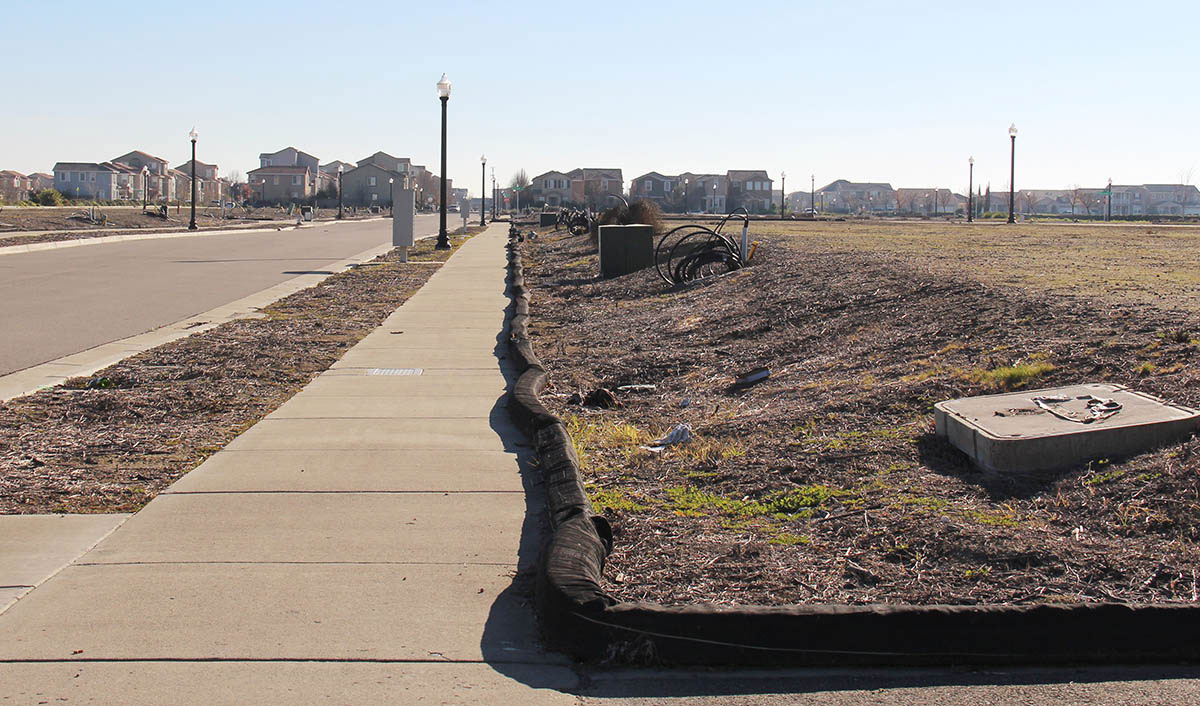
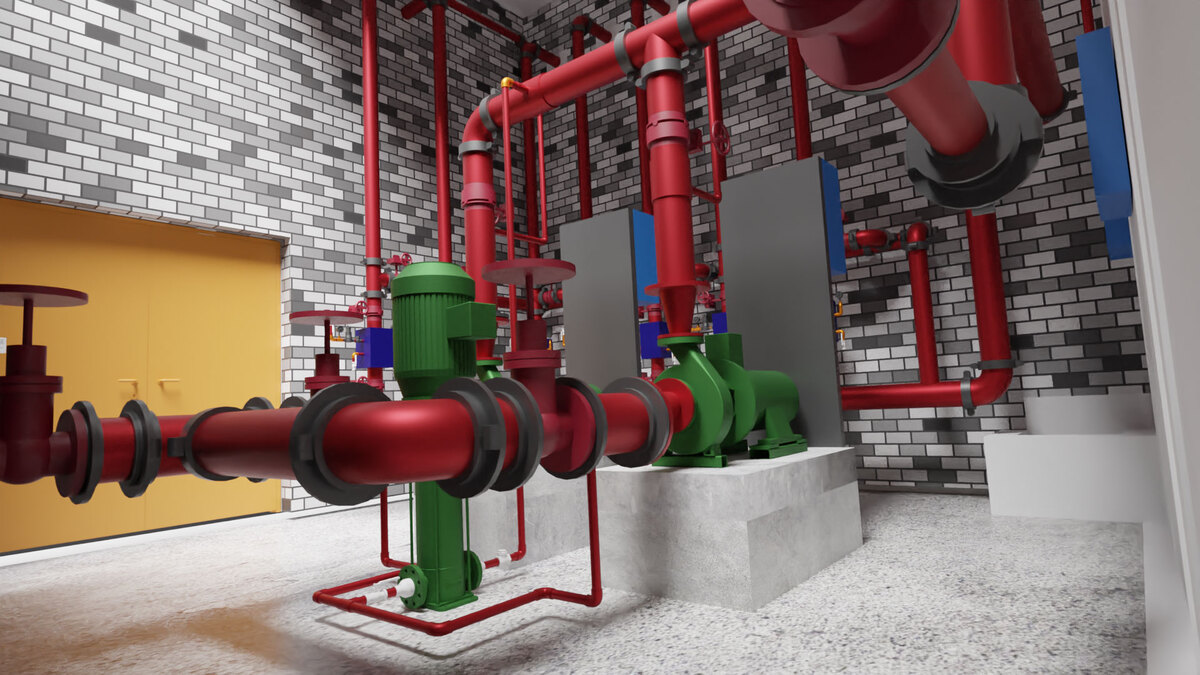
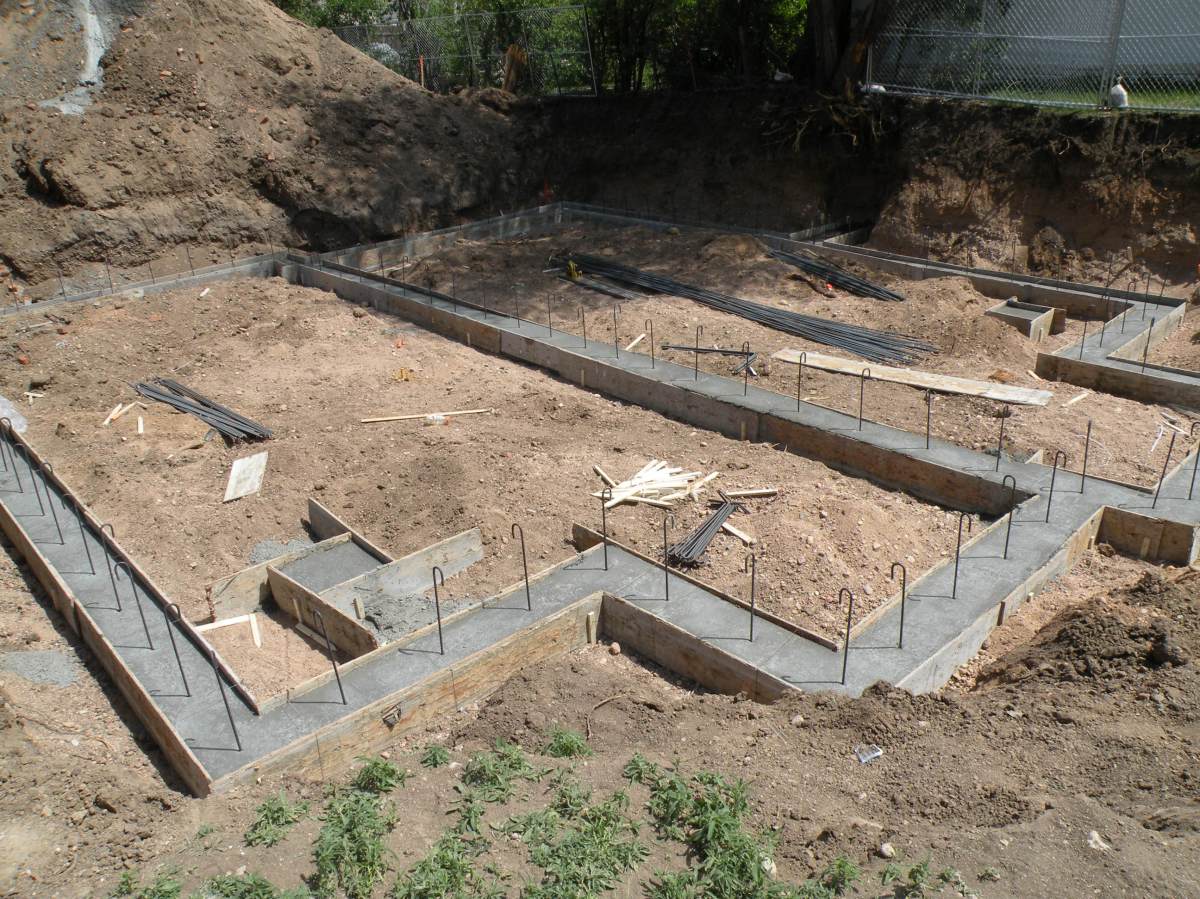
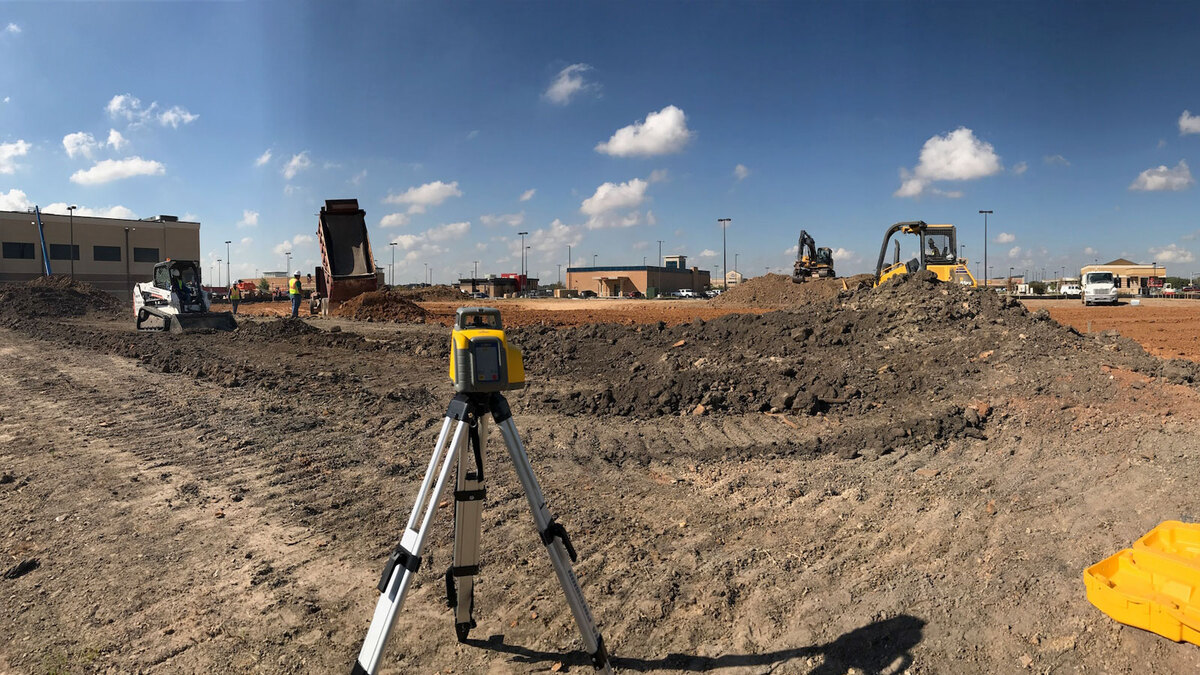

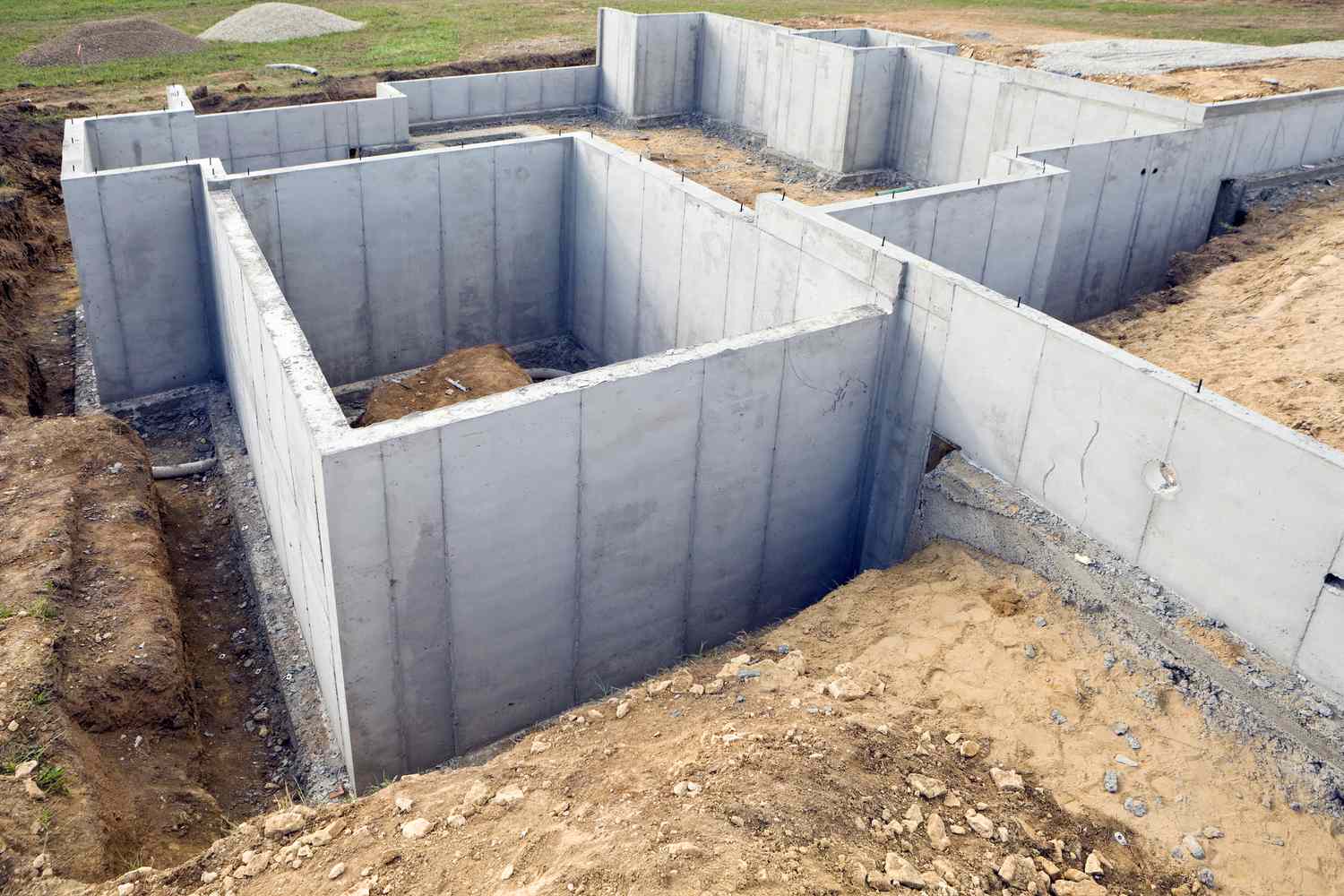
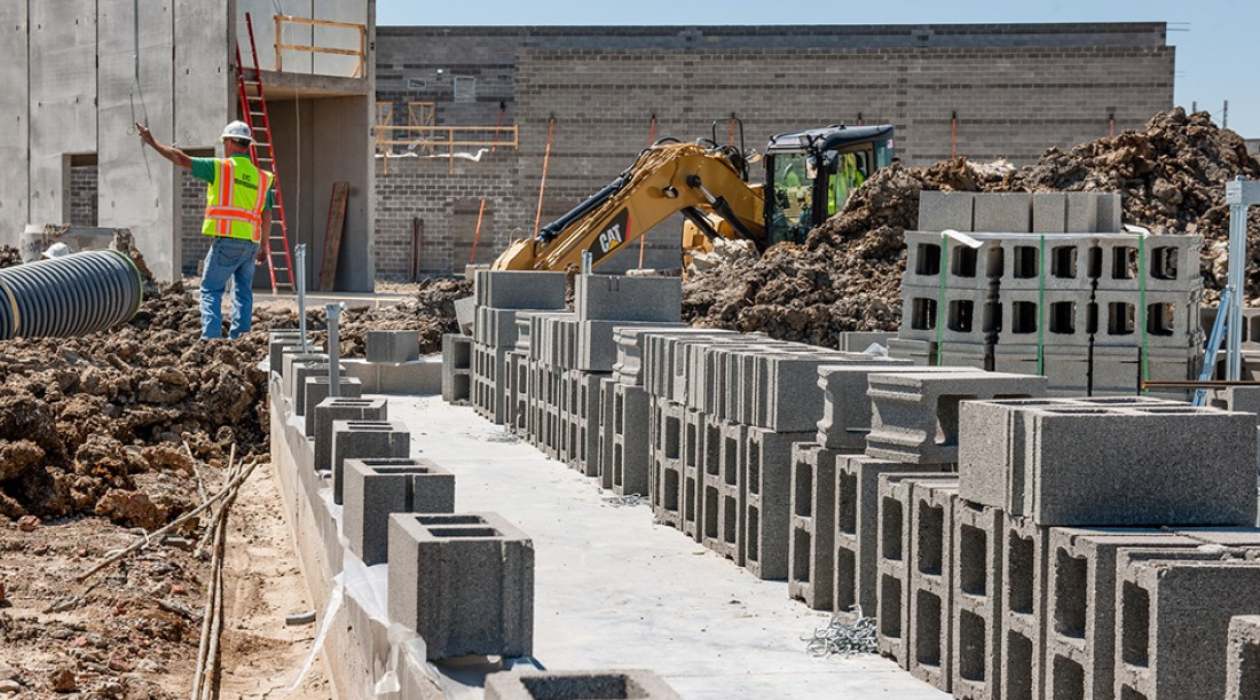







0 thoughts on “What Are Earthworks In Construction”